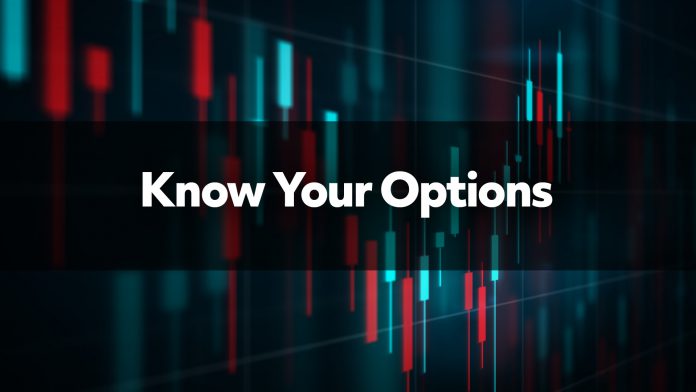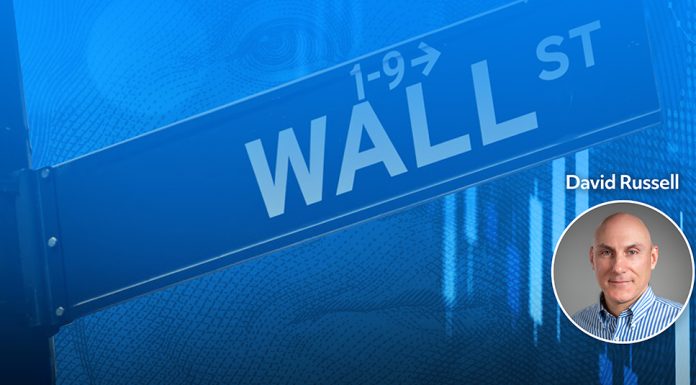We recently outlined protective puts and covered calls as common hedging techniques. This brings us to the important question of selling options versus buying options.
To understand the these two basic kinds of transactions, traders need to recognize the difference between intrinsic and extrinsic value — one of the most important subjects in the entire world of options.
Intrinsic value represents how much an option is “in the money.” The chains below show the July 20 and July 27 option expiration for Twitter (TWTR), when the stock was at $46.44. That means the 46 calls would have an intrinsic value of $0.44 and the 47 puts would have an intrinsic value of $0.56. Intrinsic value is the same regardless of expiration.

However, notice that the 46 calls expiring on July 20 are bid for $1.90. That means they have $1.46 of extra value, or extrinsic value. The 47 puts are bid for $1.42, so they have $0.86 or extrinsic value. This is the premium above and beyond their “in the money” or “intrinsic” value.

Extrinsic Value
Extrinsic value is the money we pay for exposure to movement over time. So, it can also be thought of as “time value.” Options with more time until expiration almost always have more extrinsic value. Look at the second chain for TWTR showing the July 27 expiration: Its 46 calls have $2.86 of time value ($3.30 – $0.44) and the 47 puts have $2.29 of time value ($2.85 – $0.44).
Not surprisingly, TWTR’s options expiring one week later are worth more because they cover the company’s second-quarter earnings report. An event like that can trigger movement in the stock, market makers will price into the calls and puts.
This teaches us the basic lesson that extrinsic value is the market’s attempt to “price in movement.” Part of that calculation, by the way, is “implied volatility.”
So, how can clients apply this to their own trading? Here are some basic points to remember:
- You want to own options when you think a stock is going to move. In the cases we’ve reviewed, you want to own puts if you think it might drop.
- You want to sell options when you think a stock is going to stop moving. In our examples, you want to sell covered calls if you think it’s going to stop rising.
- Remember that a buyer expends money up front, positioning for movement to occur. If it doesn’t fluctuate, he or she loses their initial outlay.
- A seller gets paid up front. In return they accept a potential obligation to do something like deliver shares at a certain price. The cost of this obligation may be very high. That’s the risk they assume.
- The buyer has virtually unlimited potential for profit with limited risk. The opposite is true for the seller.
- Potentially volatile events earnings and drug trials can significantly increase an option’s extrinsic value. Once those headlines pass, extrinsic value tends to fall quickly.
In conclusion, options have a lot of power but can also be confusing. Some of the basic points outlined in this post might help you understand which kind of trade makes the most sense for you at any given moment.
Options trading is not suitable for all investors. Your TradeStation Securities’ account application to trade options will be considered and approved or disapproved based on all relevant factors, including your trading experience. See Characteristics and Risks of Standardized Options. Visit www.TradeStation.com/Pricing for full details on the costs and fees associated with options.






















